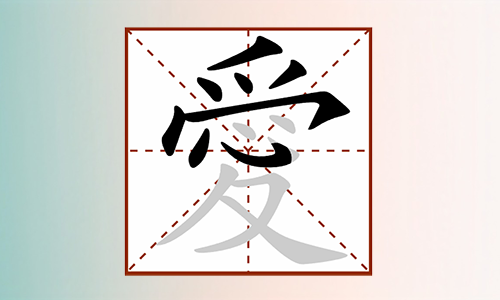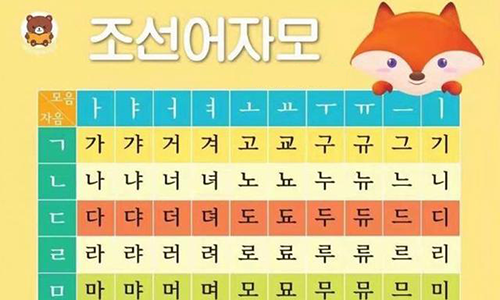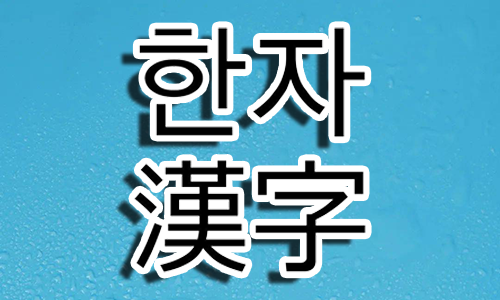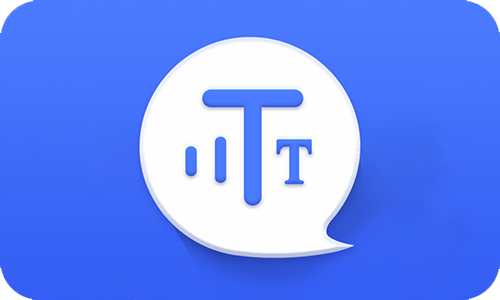Hangeul-Hanja/Hanja-Hangeul Dictionary
Explore seamless Hangeul-Hanja conversions with our advanced online dictionary. Master Korean characters and Hanja with user-friendly features designed for all skill levels. Enter Hangeul or Hanja below and click Look Up.
주임 Search Result
| Hangeul | Hanja | Explanation |
|---|---|---|
| 교무주임 | 敎務主任 | |
| 기업주임금 | 企業主賃金 | |
| 여객주임 | 여객主任 | |
| 운전주임 | 運轉主任 | |
| 주임 | 主任 | |
| 주임 | 奏任 | |
| 주임관 | 奏任官 | |
| 주임교사 | 主任敎師 | |
| 주임교수 | 主任敎授 | |
| 주임대우 | 主任待遇 | |
| 주임대우 | 奏任待遇 | |
| 주임무 | 主任務 | |
| 주임상사 | 主任上士 | |
| 주임신부 | 主任神父 | |
| 주임전도자 | 主任傳道者 | |
| 준주임 | 准奏任 | |
| 파산주임관 | 破産主任官 | |
| 학년주임 | 學年主任 | |
| 화물주임 | 貨物主任 | |
| 훈육주임 | 訓育主任 |
Hanja (한자, 漢字) refers to Chinese characters adapted into the Korean language, historically serving as the primary writing system in Korea for over a millennium before the invention of Hangeul in the 15th century. Rooted in classical Chinese, Hanja played a foundational role in shaping Korean vocabulary, particularly in academic, legal, religious, and literary contexts. Approximately 60% of modern Korean words derive from Sino-Korean roots, making Hanja essential for understanding nuanced meanings, homonyms, and specialized terminology in fields like law, medicine, or history.
Although Hangeul, Korea’s phonetic alphabet, replaced Hanja as the everyday script, Hanja remains culturally and linguistically significant. It is still used in official documents, personal names, historical texts, and newspaper headlines to clarify meaning or convey formality. For learners, studying Hanja enhances vocabulary retention, deepens comprehension of compound words (e.g., “학교” [學校, school] or “의사” [醫師, doctor]), and bridges connections with other East Asian languages like Chinese and Japanese.
Today, Hanja is taught selectively in South Korean schools, often as an elective, but its legacy persists as a key to unlocking Korea’s literary heritage and linguistic precision. Whether deciphering ancient texts or modern jargon, Hanja remains a vital thread in the tapestry of Korean language and culture.




